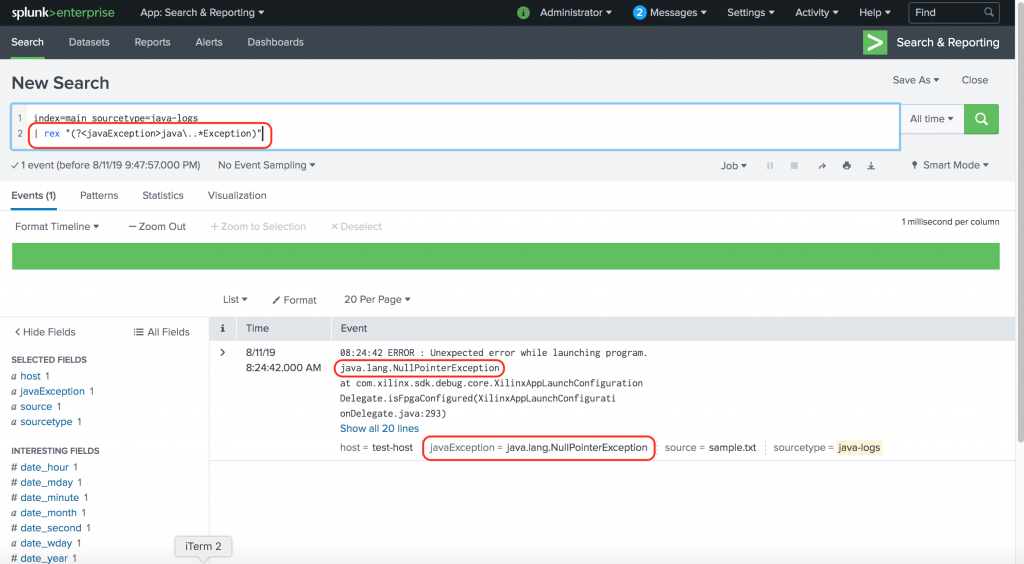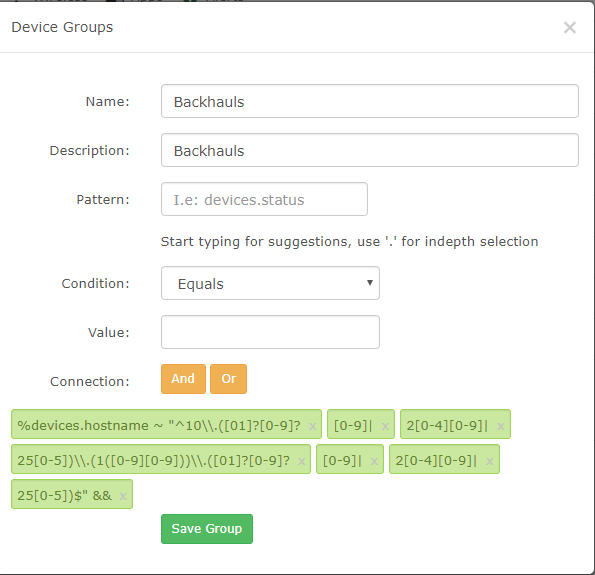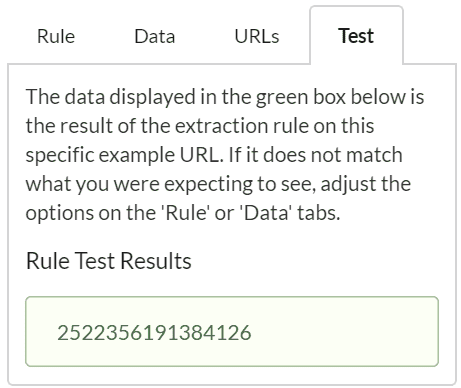

#SPLUNK GROUP BY REGEX SERIES#
Apply to: Select what fields or series to apply the configuration to.Config query: Select the query that returns the data you want to use as configuration.If you want to extract a unique config for every row in the config query result then try the rows to fields transformation. This enables dynamic query driven visualization configuration. This transformation allow you to select one query and from it extract standard options like Min, Max, Unit and Thresholds and apply it to other query results. Consider:Īfter you concatenate the fields, the data frame would be: Temp This transformation combines all fields from all frames into one result. In the example below, I added two fields together and named them Sum. Replace all fields - (Optional) Select this option if you want to hide all other fields and display only your calculated field in the visualization.If you leave this blank, then the field will be named to match the calculation. Alias - (Optional) Enter the name of your new field.You can also use numerical values for binary operations.

These fields allow you to do basic math operations on values in a single row from two selected fields.

To apply another transformation, click Add transformation.
#SPLUNK GROUP BY REGEX HOW TO#
For more information about how to configure a transformation, refer to Transformation functions.įor information about available calculations, refer to Calculation types. Hover over any part of the panel to display the actions menu on the top right corner.Ī transformation row appears where you configure the transformation options.Navigate to the panel where you want to add one or more transformations.For a complete list of transformations, refer to Transformation functions.

This documentation does not include steps for each type of transformation. The following steps guide you in adding a transformation to data. For example, if you use a Reduce transformation to condense all the results of one column into a single value, then you can only apply transformations to that single value. The order in which Grafana applies transformations directly impacts the results. Each transformation creates a result set that then passes on to the next transformation in the processing pipeline. When there are multiple transformations, Grafana applies them in the order they are listed. Grafana provides a number of ways that you can transform data. This can help you understand the final result of your transformations. When that happens, click the Table view toggle above the visualization to switch to a table view of the data. Sometimes the system cannot graph transformed data. You can also use the output of one transformation as the input to another transformation, which results in a performance gain.


 0 kommentar(er)
0 kommentar(er)
